|
|
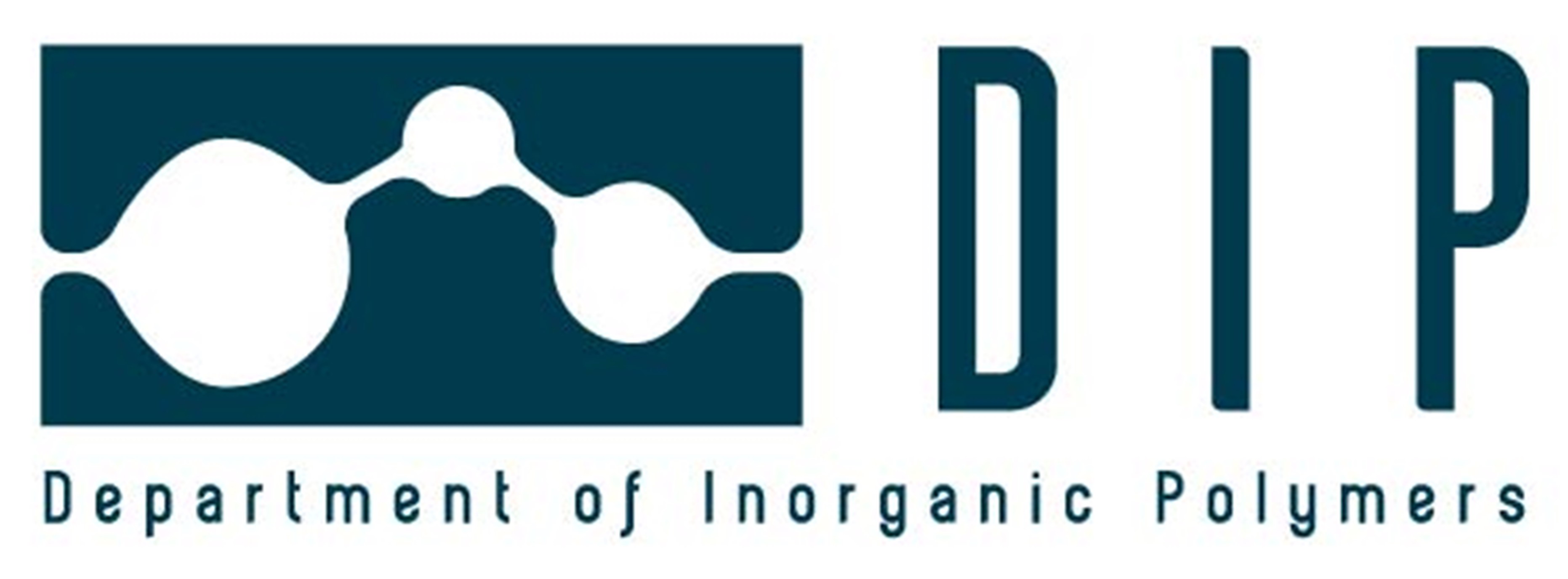 | Laboratory 6. Inorganic Polymers |
| Head of laboratory: Dr. Maria CAZACU |
|
|
| Equipment: Oxford-Diffraction XCALIBUR E CCD X-ray Diffractometer |
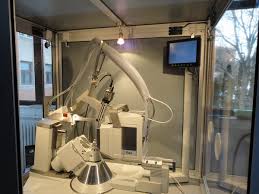
|
The Oxford-Diffraction XCALIBUR E CCD X-ray Diffractometer for single-crystals is used to determine the molecular and crystalline structures of different compounds with small molecular masses. The equipment includes: a Xcalibur platform (a Kappa goniometer with 4-circles configured for the X-ray source and generators), cooling units for the X-ray source and the CCD detector, the EOS CCD detector having a high sensitivity with a diagonal active area of 92 mm; the X-ray source (Mo Ka, λ = 0,71073 Å); a CrysAlisPro software for intelligence gathering and processing the experimental diffraction data needed for the crystallographic analysis of the compounds with small molecular masses and proteins; a AutochemTM software package for solving and refining the structures; Cryojet system XL (90-300K): a Cryojet unit, a cooling system for making the diffraction experiment at variable temperatures, Dewar flask capacity of 75 l for liquid nitrogen. |
- Dr. Sergiu Shova / shova@icmpp.ro |
|
| Equipment: Bruker FTIR Spectrometer (VERTEX 70) |
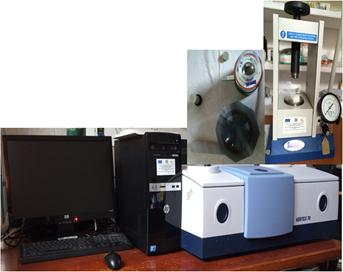
|
A Bruker FTIR Spectrometer (VERTEX 70) equipped with a DLaTGS detector which covers a spectral range from 12.000 to 250 cm-1, working at room temperature and having a sensitivity of D*>2x108 cm Hz1/2W-1 and covers a spectral range from 7500 to 370 cm-1. Operating modes: Transmittance MID-IR: 370-4000 cm-1; Transmittance FAR-IR: 180-600 cm-1; ATR with ZnSe crystal: 600-4000 cm-1. |
- Dr. Mirela Zaltariov / zaltariov.mirela@icmpp.ro |
|
| Equipment: Spectrophotometer UV –VIS (SPECORD PLUS) |
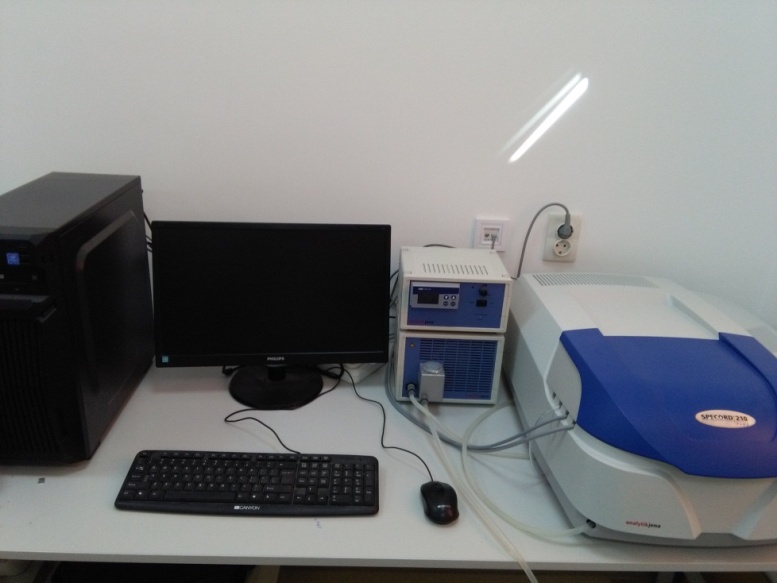
|
Spectrophotometer UV –VIS (SPECORD PLUS) with double beam for transmittance, extinction, reflectance and energy measurements for solid and liquid samples in spectral range 190 - 1100 nm. It is equipped with a carrier for films and integrating sphere. |
- Dr. Mirela Zaltariov / zaltariov.mirela@icmpp.ro |
|
| Equipment: Moisture sorption analyser IGASORP (Hiden Analytical, Warrington, UK) |
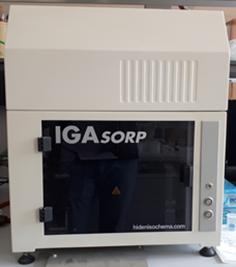
|
Moisture sorption analyser IGASORP (Hiden Analytical, Warrington, UK) compact, fully automated, for fast and accurate sorption measurements, in dynamic regime, for water and organic vapors. The equipment allows the measurement of water vapors or organic solvent sorption capacities and records the sorption/desorption isotherms and kinetic curves, in normal or cyclic regime. |
- Dr. Alexandra Bargan / anistor@icmpp.ro
- Dr. Adrian Bele / bele.adrian@icmpp.ro |
|
| Equipment: Sigma700 tensiometer (KSV Instruments, Finland) |
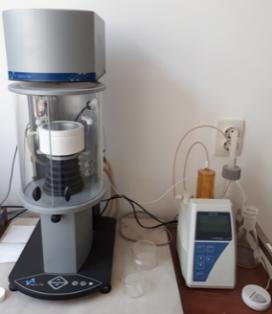
|
A Sigma700 tensiometer (KSV Instruments, Finland) fully automated having a high precision microbalance which allows the determination of various properties of materials as: surface and interface tension, watering ability, dynamic contact angles and critical micellar concentration. |
- Dr. Carmen Racles / raclesc@icmpp.ro |
|
| Equipment: Device for mechanical tests Instron 3365 |
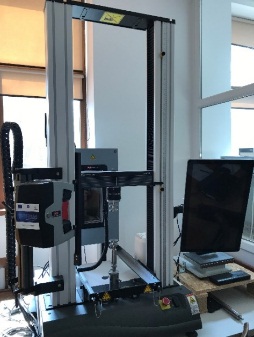
|
A device for mechanical tests Instron 3365 with a force cell of 500N, used for testing the materials and products made by elastomers. The instrument for mechanical tests is equipped with a high precision video extensometer which allows the deformation measurements with a high accuracy without being in contact with the sample. Furthermore, the device has a climatic chamber which permits the sample testing in a temperature range of -100oC and -350oC. The materials can be exposed to different tests as: traction, traction in cyclic regime or compression. By making the traction and/or compression tests it is possible to determine the highest stretch, stretching stress, Young modulus, residual strain, impact bend strength, yield stress etc.
An Instron 3365 mechanical testing device, equipped with a 500 N load cell (or 100 N), is used for evaluating materials and products made from elastomers. The system includes a high-precision video extensometer, which enables accurate, non-contact measurement of deformations. Additionally, the device is fitted with a climatic chamber that allows sample testing across a temperature range from -70oC to +150oC.
The materials can undergo various tests, including tensile testing, cyclic tensile testing, and compression testing. These tests enable the determination of key mechanical parameters such as maximum elongation, tensile strength, Young's modulus, residual strain, impact resistance, and yield stress. |
- Dr. Adrian Bele / bele.adrian@icmpp.ro |
|
| Equipment: Monomodal microwave reactor Discover LabMate |
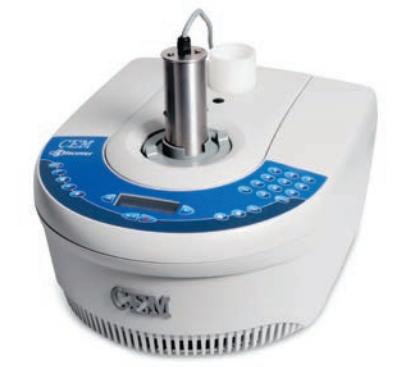
|
Monomodal microwave reactor Discover LabMate - the reactor performs reactions at temperatures up to 300 oC. It could be controlled by an infrared probe under integrated stirring. The IntelliVent pressure feedback and control allows a sensitive pressure monitoring when the reaction is done in closed vessel. The equipment is provided with Synergy™, a specially designed software package that is useful to design the experimental methods and store them on a PC. |
- Dr. Liviu Sacarescu / livius@icmpp.ro |
|
| Equipment: Cryogenic Mixer Mill CryoMill |

|
Cryogenic Mixer Mill CryoMill, made by Retsch GmbH, 42781 Haan, Retsch-Allee 1-5, Germany.
The CryoMill is a cryogenic grinder designed with user safety in mind. The liquid nitrogen flows through the closed system and the user never comes into direct contact with LN2 which ensures a high degree of operational safety. The automatic cooling system guarantees that the grinding process is not started before the sample is thoroughly cooled. This results in reduced consumption and guarantees reproducible cryogenic grinding results. The CryoMill is very easy to operate. Parameters such as oscillation frequency, pre-cooling or grinding time can be digitally set via a clearly structured keypad. LEDs in the display indicate the current state of operation, e.g. cooling or grinding. Usually, grinding only takes a few minutes so that the sample does not get warm during the process. If, however, longer grinding times are required, it is also possible to pre-select periods of intermediate cooling and the number of cryogenic cycles.
All instrument parameters are retained during standby operation for subsequent processes. The laboratory mill can also be operated without cooling which makes it suitable for a vast range of applications.
Versatile & Safe:
-powerful cryogenic grinding by impact and friction with up to 30 Hz;
-3 different grinding modes (cryogenic, dry/wet at ambient temperature);
-closed LN2-system (Autofill) for enhanced user safety;
-screw-top jars ensure convenient, leak-proof operation;
-wide range of accessories including various jar and ball sizes, adapter racks and LN2 feeding system;
-optional zirconium oxide jars specifically designed for cryogenic grinding;
-9 programmable cooling and grinding cycles (10 s to 99 min) |
Dr. Maria Cazacu / mcazacu@icmpp.ro |
|
| Equipment: Transmission electron microscope HITACHI - HT7700 |
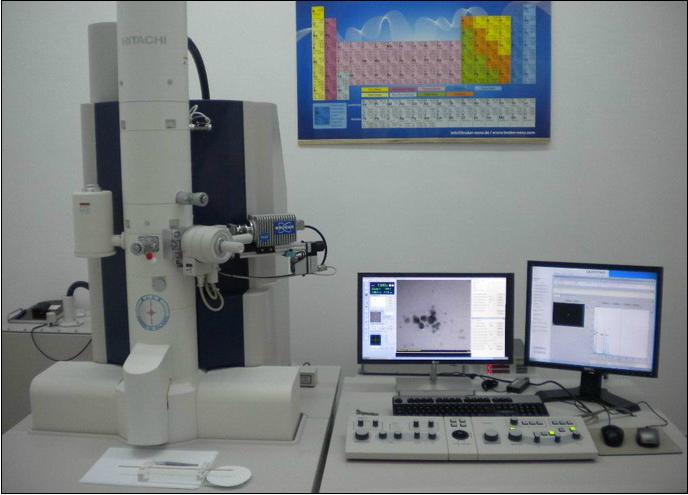
|
Transmission electron microscope HITACHI - HT7700- This instrument belongs to a new class of TEM series launched in 2010. This is the first TEM that can easily switch from high resolution to high contrast mode owing to the double lens-gap system. The equipment works in broad daylight, without binoculars, the image being directly displayed on a PC monitor. Full configuration, with the following functions: TEM, S/TEM, EDX, TEM-tomography, TEM-low dose, cryoTEM and integrated panorama function. |
- Dr. Liviu Sacarescu / livius@icmpp.ro |
|
| Equipment: The HAAKE Rheo Win Viscotester VT 7 L plus viscometer |
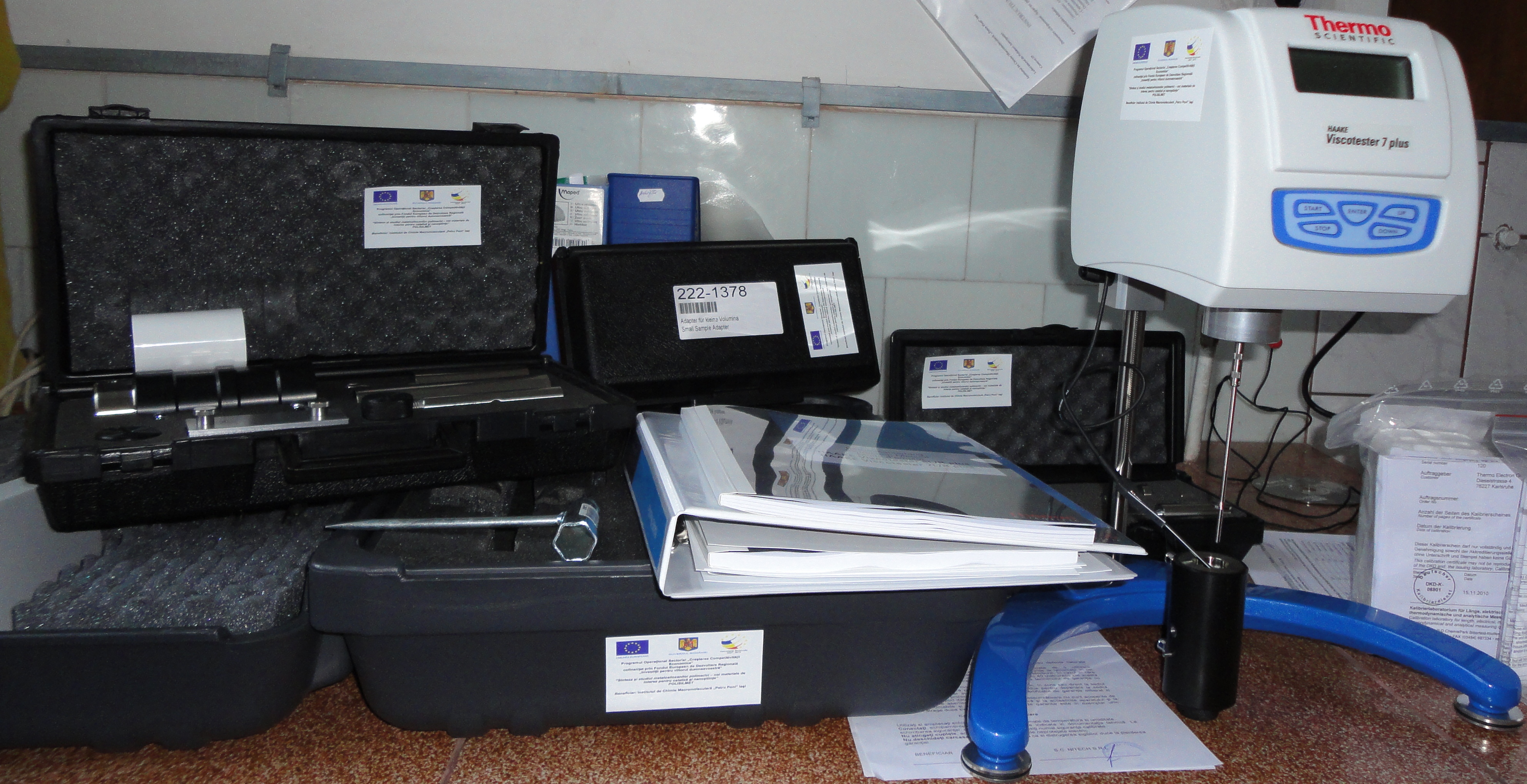
|
The HAAKE Rheo Win Viscotester VT 7 L plus viscometer is a classic rotational viscometer used for rapid dynamic determination of the viscosity of materials, including polymers, as such or in solutions with various solvents, and the viscosities of reaction systems. Measurements with this device are made in accordance with ISO 2555 standards and the equivalent ASTM D2930 standard. The device is intended for use as a stationary device. The principle of operation is based on immersing the cylinder or working disc in the tested substance and measuring the force required to overcome the resistance of viscosity to rotation or flow and the result is a direct reading of the viscosity value in mPa×s. Operating conditions: - ambient temperature: 10 - 40 °C; - sample temperature: -15 .... + 120 °C. Reproducibility of measured values: +/- 0.2% of scale. Viscosity range: 3 - 6000000 mPa×s. |
Dr. Maria Cazacu /mcazacu@icmpp.ro |
|
| Equipment: Small angle X-ray scattering instrument: NanostarU - Bruker- |

|
Small angle X-ray scattering instrument: NanostarU - Bruker- it can be used to analyze any kind of samples in SAXS, WAXS, GISAXS mode using High Flux, High Resolution and Standard configurations. It is programmable for multiple samples, providing an accurate analysis within 1–125 nm. The temperature can be set within -30 and 120 oC. The X-rays are generated with a high class advanced microsource. Diffractograms are registered on a VANTEC 2000 detector. |
- Dr. Liviu Sacarescu / livius@icmpp.ro |
|
| Equipment: KSV NIMA Langmuir and Langmuir-Blodgett Systems |

|
The Langmuir and Langmuir-Blodgett (LB) devices are efficient and effective in investigating
floating monolayers, precise deposition of multilayers onto solid substrates or simply as platforms for use in observing surface chemistry effects such as the breakdown of an enzyme or the crystalline structure of a surfactant. |
Dr. Maria Cazacu/ mcazacu@icmpp.ro |
|
| Equipment: Gel-permeable chromatograph Brookhaven WGE SEC 3010 |

|
Gel-permeable chromatograph Brookhaven WGE SEC 3010 – the equipment provides absolute values for molar mass and intrinsic viscosity, no calibration being required. With this system, one can determine Mark-Houwink coefficients for a sample with a single injection, or can perform branching calculations without assumptions. The instrument is equipped with full multiple detection: RI, Visco, MALS (7 different angles), UV. |
- Dr. Liviu Sacarescu / livius@icmpp.ro |
|
| Equipment: Schlenk line |
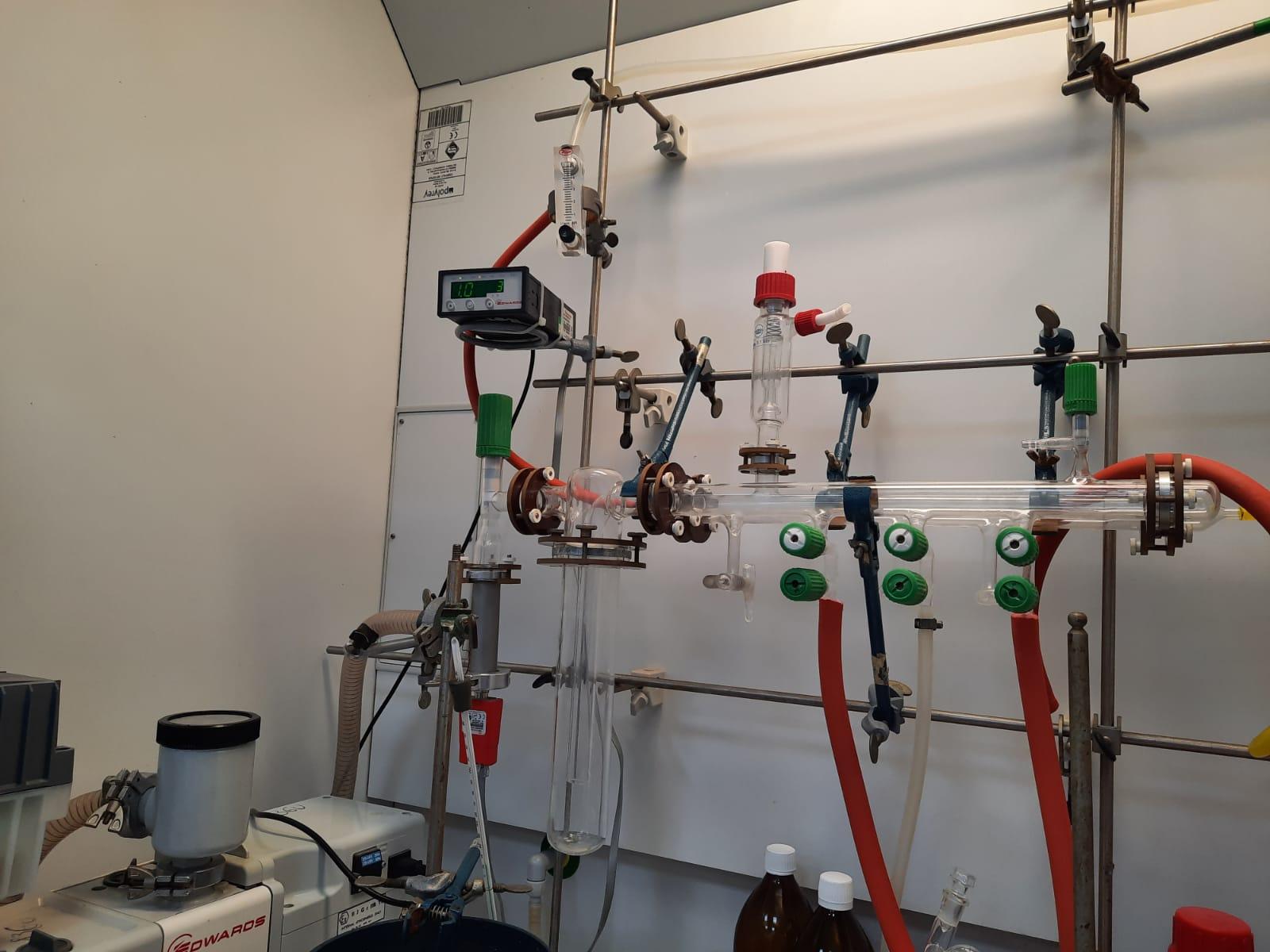
|
The Schlenk line is a chemistry apparatus developed by Wilhelm Schlenk, consisting in a dual manifold with several ports. One manifold is connected to a source of purified inert gas, while the other is connected to a vacuum pump. The inert-gas line is vented through an oil bubbler, while solvent vapors and gaseous reaction products are prevented from contaminating the vacuum pump by a liquid-nitrogen or dry-ice/acetone cold trap. Special stopcocks or Teflon taps allow vacuum or inert gas to be selected without the need for placing the sample on a separate line. Schlenk lines are useful for safely and successfully manipulating moisture- and air-sensitive compounds. The vacuum is also often used to remove the last traces of solvent from a sample. Vacuum and gas manifolds often have many ports and lines, and with care, it is possible for several reactions or operations to be run simultaneously. |
Dr. Maria Cazacu /mcazacu@icmpp.ro |
|
| Equipment: Duetta Fluorescence and Absorbance Spectrometer |
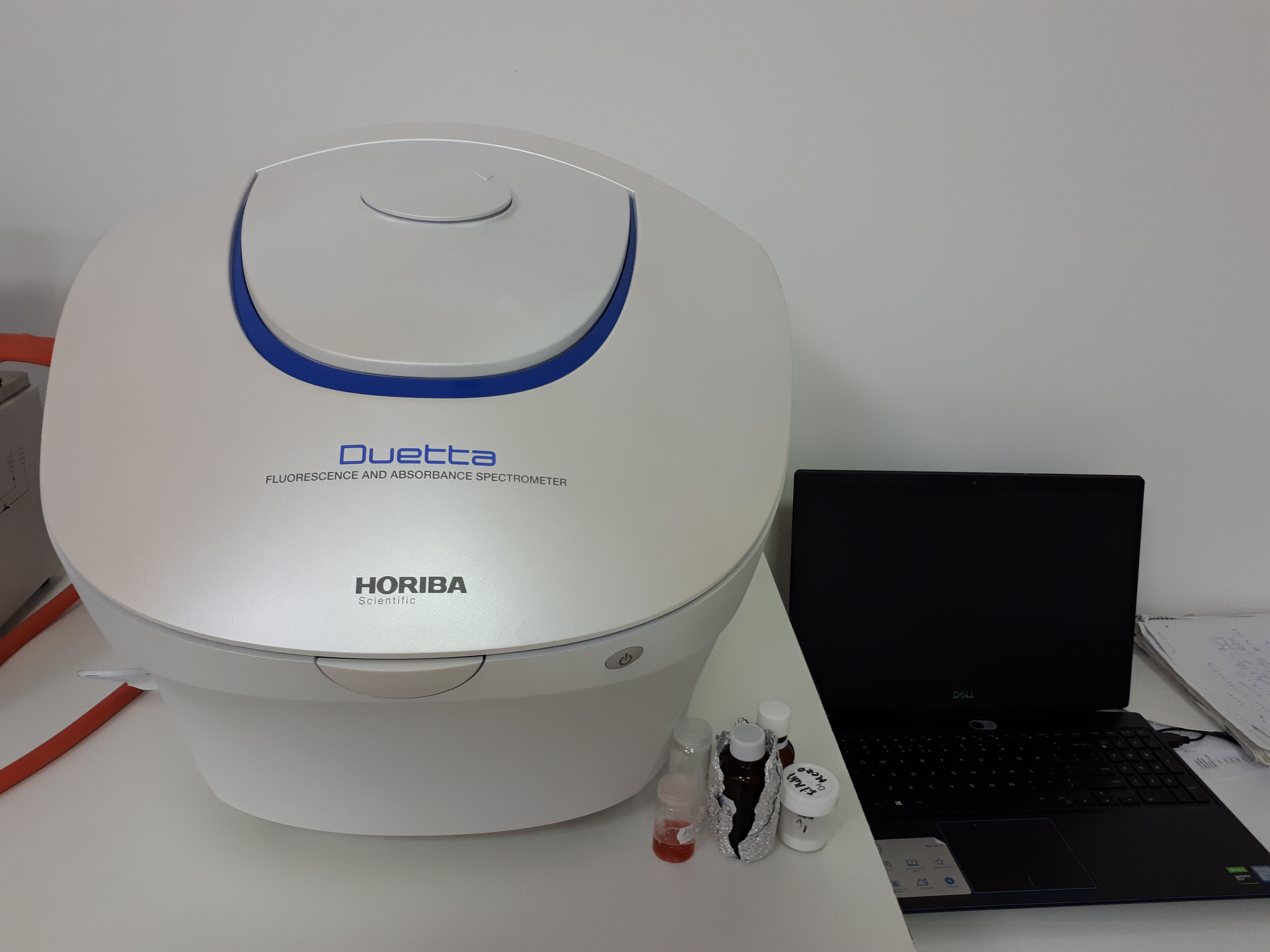
|
Fluorescence and Absorbance in one Spectrometer!- Duetta can be used as a fluorometer, as a UV-Vis-NIR spectrometer to measure absorbance, or as an instrument that measures true molecular fingerprints, which require the acquisition of fluorescence and absorbance, correcting for IFE in real time.
Fluorescence in the Blink of an Eye! - Duetta’s ultra-fast, state-of-the-art CCD technology allows it to outperform, by orders of magnitude, any competitor using PMTs. It’s the fastest bench-top fluorometer in the world, and the only fluorometer that can acquire a full spectrum in less than 100 milliseconds! This state-of-the-art CCD technology also extends NIR wavelength detection to 1,100 nm, well beyond the limit of a standard PMT fluorometer.
Highest Fluorescence Sensitivity in its Class- Having the highest level of fluorescence sensitivity means that Duetta’s optimized design lets you measure lower concentrations of a sample, and provides better quality data.
Touch-Screen Software - HORIBA debuts Duetta’s new generation software interface with touch-screen utility, and a selection of Apps for routine analysis.
• Two-in-one Fluorescence and Absorbance Spectrometer
• UV-Vis-NIR Fluorescence Detection Wavelength Range from 250 to 1,100 nm
• Full 3-D Fluorescence EEM Acquisition in Less Than One Second
• Best in Class Fluorescence Sensitivity Specification of 6,000:1 RMS for Water Raman
• Automatic Correction for Primary and Secondary Inner Filter Effects (IFE)
• High Fidelity Molecular Fingerprinting with Unique A-TEEM™
(Absorbance-Transmittance Excitation Emission Matrix) Technology
• Millisecond CCD Detection of Entire Fluorescence Spectrum
Dr. Mirela Zaltariov / zaltariov.mirela@icmpp.ro
Ph.D. Madalin Damoc / damoc.madalin@icmpp.ro |
|
|
| Equipment: Speed Mixer DAC 150 SP |

|
The SpeedMixer™ DAC 150 SP is a laboratory-sized instrument for the rapid mixing and grinding of materials that would otherwise require large amounts of time and / or effort to mix and / or grind.
Technical data: Speed: Variable 300-3500 rpm; Mixing time: 5 seconds 10 minutes; Mixing capacity: 5g to 100g; Voltage / frequency: 230 V / 50/60 Hz; Power consumption: 370 W
Facilities: Viewing Window; Programmable (>20 individual programs); Tachometer; Touch screen designed with 45 possible mixing programs; Windows Keypad, RS232 interface color matching mode. |
Dr. Maria Cazacu /mcazacu@icmpp.ro |
|
|








